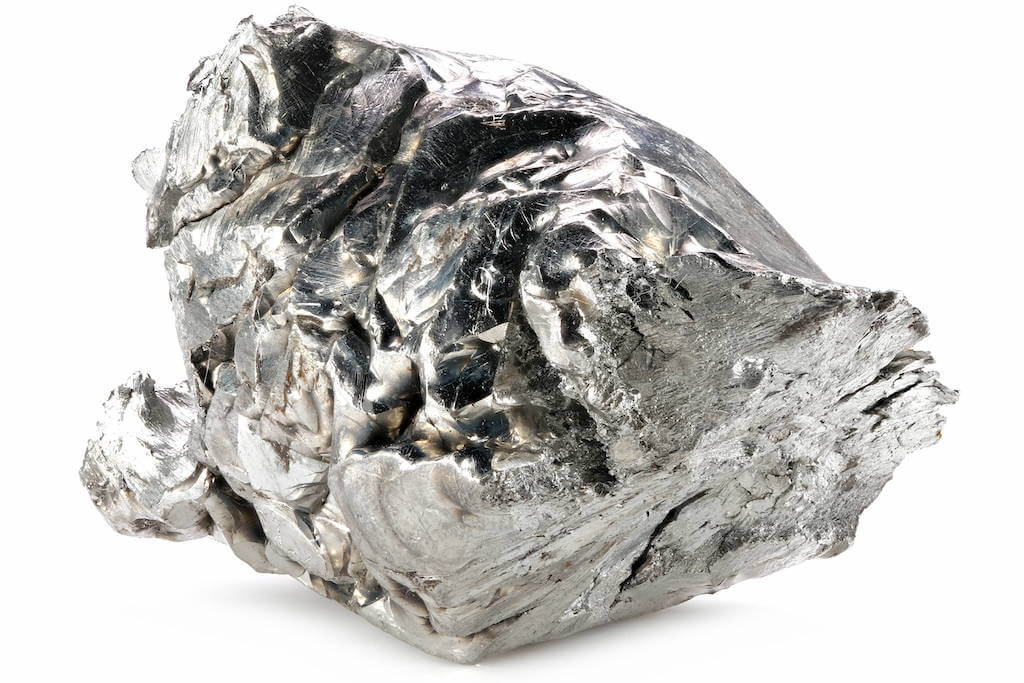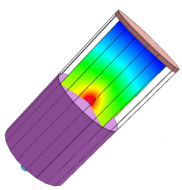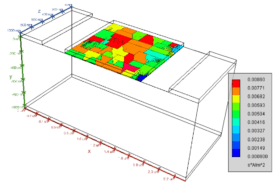Comprehensive Modelling of Physical Effects

GTS Framework provides a number of TCAD tools and specialized models for the simulation of a variety of emerging memory devices using novel materials. Of particular focus are phase-change and ferroelectric memories.
Phase-Change Memory (PCM or PRAM)

GTS VSP contains a dedicated phase-change model that can be coupled to a classical thermoelectric simulation based on Ohm’s and Fourier’s law. This allows for the simulation of melting, amorphization and crystallization of a phase-change devices as an arbitrary voltage waveform is supplied. The model also supports a complex model of common phase-change materials such as GeSbTe (i.e. GST) as well as the ability to add new materials as needed. This allows one to use TCAD simulation to guide the design of RESET/SET pulse sequences and inform geometry and material choices to improve device characteristics. Furthermore, the parasitic coupling between devices – so-called thermal cross-talk – can also be simulated with an eye for the development of mitigation strategies.
Ferroelectric Memories (FRAM or FeFETs)

GTS Minimos-NT provides a suite of ferroelectric models, seven in total, for the simulation of heavily polycrystalline nanometer-thin films like those of the hafnium family that have recently seen an explosion of interest for device applications. These models can be categorized into two types: those based on the Landau theory of phase transitions that involve the minimization of a ferroelectric phase-field or order parameter and those based on a Kinetic Monte Carlo approach where the state of a statistical ensemble of switching hysterons is tracked throughout a given applied pulse sequence. Furthermore, through the power of GTS Minimos-NT, simulation of explicitly polycrystalline ferroelectric devices is possible, with true physical metallurgical grains each with their own ferroelectric state and model. This allows for the simulation of important but often ignored effects such as percolative transport behavior.
GTS Minimos NT – simulate semiconductor devices and circuits: Run steady-state, transient, and small-signal analysis of arbitrary 2D and 3D device geometries. Combine multiple devices in a circuit with compact models. Run thermal analysys of devices and circuits.
GTS Framework – the solid base of all GTS products and your working environment. Includes device editing, file management, distributed job execution, visualization, post-processing, a Python interface, etc.
